When the product is molded, the product needs to be demolding from the mold, which requires the mold’s demolding mechanism and ejection system to function.
The demolding mechanism and ejection system needs to meet the following requirements.
- The injection mold loading and unloading procedure can not hinder or affect other parts’ functions.
- Safety and reliability, a lifetime to meet the design requirements.
- The product can not be deformed, affecting the appearance of the product or causing other defects.
- The Cold Slag in the cold-slug well and runner should be removed smoothly.
- The balance of the production cycle and mold manufacture cost.
Choosing the proper drive force
When designing the demolding structure, we must first consider which types of drive force to push the demolding system.
Combining with the characteristics and appearance requirements of the plastic parts, we try to simplify and reduce the components in the mold as much as possible while achieving the target of improving the mold’s reliability and reducing mold manufacturing costs. There are three forms of driving force for the demolding structure as follows:
- Mechanical Force
The injection molding machine or the add-on motor is used to provide force to push the demolding mechanism and eject the product release from the mold.
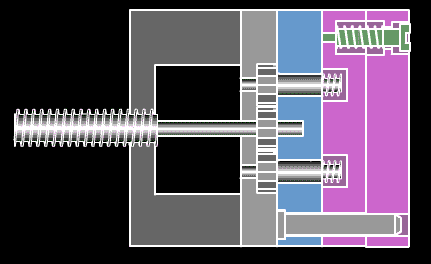
- Hydraulic force
Hydraulic cylinders are installed on the mold to generate hydraulic pressure through the cylinders to push the demolding mechanism to eject the product out of the mold.
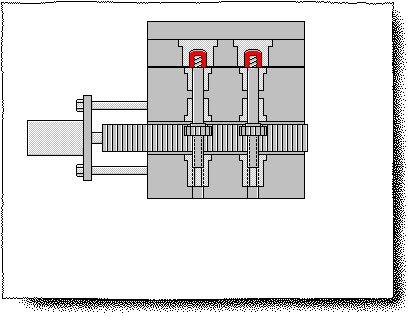
- Gas force
Air channels and ejector vents are set in the mold to blow the product out with compressed air. This way does not leave ejector marks on the product and is very suitable for thin parts or long cylindrical products.
Selecting the suitable ejector mechanism
- Primary ejector mechanism
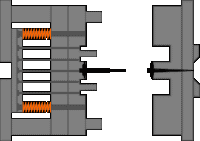
- Secondary ejector mechanism

- Fixed mold ejector mechanism
- Screw ejector mechanism
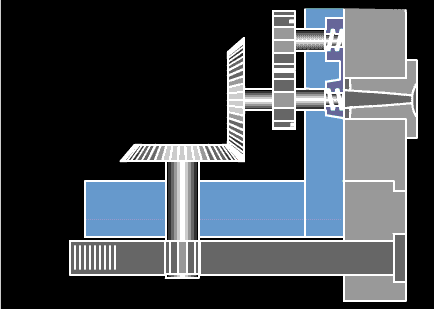
Commonly used ejector components
It is the simplest and most common form of ejector unit, with round ejector pins and ejector blades.
Because of the most convenient processing and maintenance, using round ejector pins is most common in mold manufacturing. However, because of the small surface area of the round ejector, the stress is too concentrated to harm the product, especially for products with a small draft taper and long stripping stroke; avoid using long and thin ejector pins.
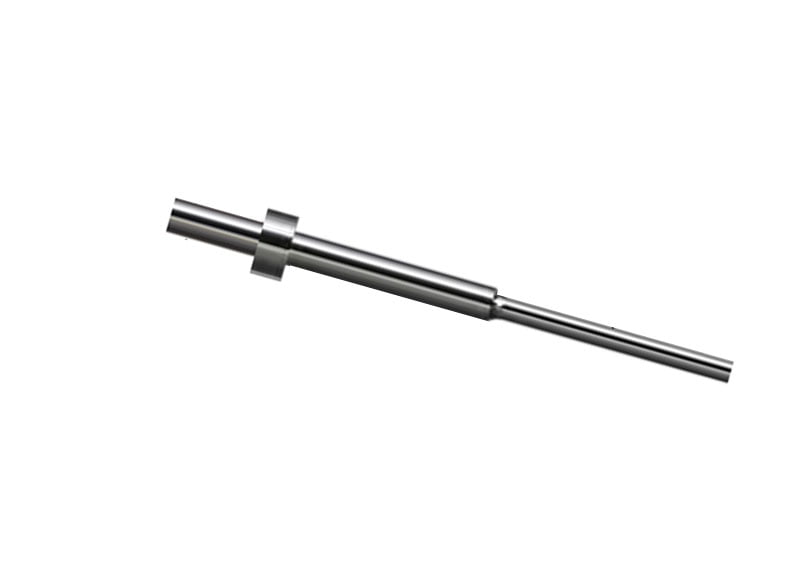
In mold manufacturing, using ejector blades is more challenging to process and has the disadvantage of stress concentration. It is mainly used for reinforcements rib, and using it with inserts will be better.
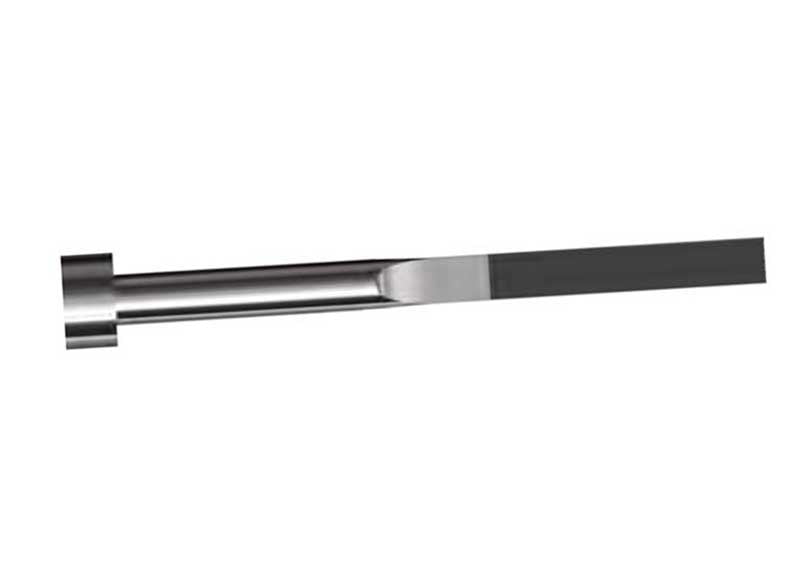
- Ejector Sleeves
The ejector sleeves are suitable for ejecting products with a ring, cylinder, or hole in the center. Since it can contact the products on the whole round surface, the ejecting force is distributed evenly and will not deform the products or leave obvious ejector marks.
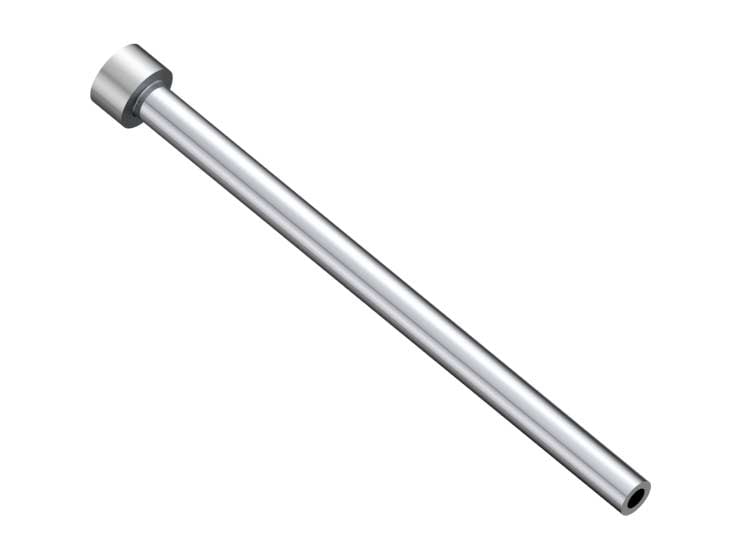
- Push Plate
The push plate is suitable for various containers, box shapes, barrel shapes, and products with thin wall thickness. Since it can fit the product on the whole contact surface, it will be evenly stressed and will not deform the product or leave obvious ejector marks.
Summary
Above we have listed a variety of demolding mechanisms and ejector systems and provided some case studies. In practical application, the mold structure should be designed according to the product’s characteristics, and the design should be simplified as much as possible while meeting the requirements, from improving the stability of the mold and reducing the mold manufacturing cost.
